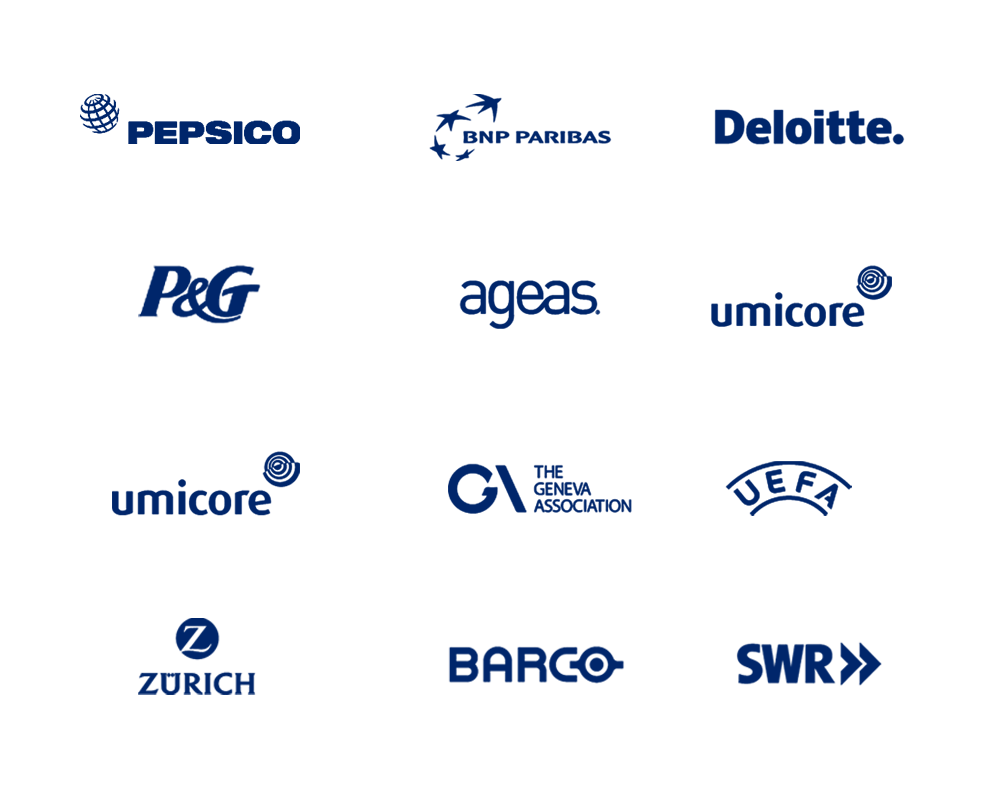
Why P&G's Pursuit of Circular Economy is Insightful
Anticipating the future of circular economy.

Trensition informs Procter & Gamble about how to tackle the circular economy and understand what scaling success models are out there.
Company
Procter & Gamble is an American multinational consumer goods corporation, founded in 1837, specializing in personal health, care products, and hygiene, with 107,000 employees as of 2023

Strategic Question
P&G wants to gain insight into best-in-class case studies and practical examples of the circular economy.
Objectives
- What are the key takeaways from examples and case studies?
- What type of partnerships are companies forming to bring solutions to the market?
- What new and innovative business models are being tested?
- What is working, and what are the conditions for success in the circular economy?
- What coming or emerging trends do we need to address next?
Challenge
As part of a new corporate sustainability strategy, P&G has set some ambitious objectives for 2030.
To help it meet some of these objectives, P&G wants to gain insight into current best-in-class examples of the circular economy in practice. The company is exploring how to approach the circular economy, and to do so, it needs to know what “platforms-enablers” need to be in place for the circular economy to thrive. This includes consumer-facing aspects in regard to participation, inspiration and incentivisation of consumers to recycle and take part in the circular economy, as well as accessible/seamless collections: there can be no circularity without consumer-friendly collection, and materials will end up stuck in homes or in the wrong streams.
The objectives defined by P&G include:
- 100% of our leading brands will enable and inspire responsible consumption.
- 100% of our consumer packaging will be recyclable or reusable.
- We will build even greater trust through transparency, ingredient innovation and sharing our safety science.
- We will find solutions so no P&G packaging will find its way to the ocean.
- We will protect water for people and nature in priority reservoirs.
- We will collaborate on and invest in natural climate solutions that improve and restore critical ecosystems and support local communities.
- We will purchase 100% renewable electricity globally, cut GHG emissions in half at P&G sites* and be carbon neutral for the decade.
- We will advance at least ten significant supply chain partnerships to drive circularity on climate, water or waste.
- We will protect and enhance the forests we depend upon.
Solution

To meet P&G’s needs, Trensition delivered an offline management summary report and an online trend radar to answer the key questions. This trend radar offers a global perspective, with a specific focus on Europe, the US and Singapore.
P&G uses this trend radar as a continuous source of inspiration to stay up to date on articles dealing with case studies and business models, and to discover new innovations related to the circular economy. It serves as an effective, automated source of inspiration for short, mid and long-term innovation road mapping and strategic planning/monitoring related to the key questions.
The trend radar monitors the evolution of trends linked to seven themes in order to analyse all aspects of the circular economy, business models, specific strategies, digitisation and so on:
- Circular business models
- Circular economy strategies
- Circular materials/design
- Communication and activation
- Digitisation
- Circular economy enablers
- Reverse logistics
Five leading circular economy value chains were also identified, and a set of trends linked to the circular economy were mapped.
Value-chain specific trends:
- Electronics
- Mobility
- Packaging
- Retail
- Textiles
Impact
P&G used Trendtracker to perform analysis on trending topics within the identified value chains and to find the most promising scaling factors.
A specific circular economy trend board was created, consisting of 98 trends linked to identified platform scaling enablers which provide in-depth quantitative trend insights, complemented with inspirational articles about business cases, startups, leading companies and case studies in the circular economy.

















